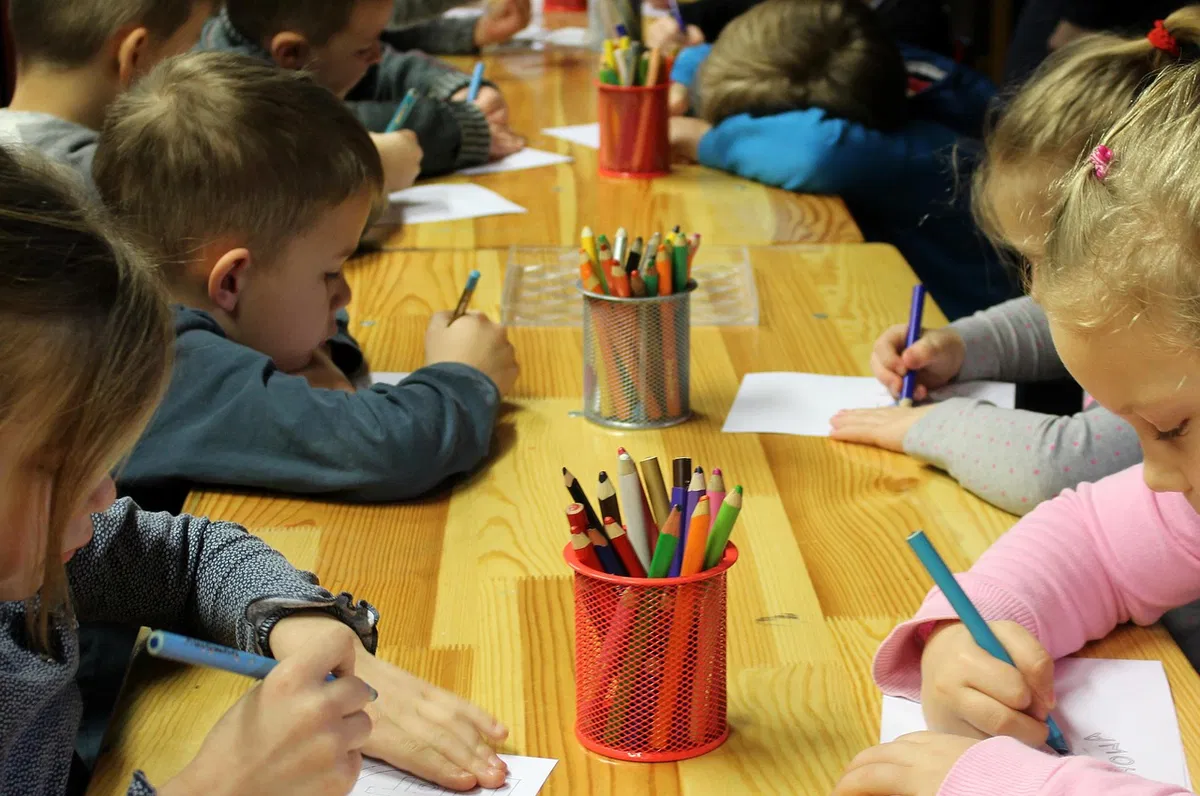Copyright euroweeklynews

Moving your child into a public primary school in Spain can be both exciting and nerve-wracking. It’s a wonderful way to integrate into the local community, but it can also feel daunting at first for both parents and children. Here’s what to expect from a mum who recently moved her six-year-old into a Spanish village school. A new rhythm One of the biggest changes is the school calendar. Unlike the UK, where terms are divided by regular half-term breaks, Spanish public schools follow a different rhythm. The long summer holiday dominates the year, and while some international schools mirror UK schedules, most local schools do not. This means your child may have a much longer stretch between major breaks, especially from the end of summer until Christmas. Many local parents describe autumn as a “time to rest” after the busy summer, the perfect opportunity to slow down and settle into the new routine before the festive season begins. Affordable holiday clubs During the long summer break, many town halls and schools offer subsidised holiday camps that are often far more affordable than in the UK. These are great for immersion, and depending on where you live, they attract children from all over the world. “My daughter has met friends from Finland, Germany, Holland, the UK and across Spain through these camps,” says our mum. Do note that many camps don’t operate in the first or last week of the holidays, so use that time to decompress and get ready for the new term. Homework and exams Spanish children often receive homework from an early age, and it usually ties into frequent classroom assessments. It can take some adjustment, but think of it as an opportunity, doing homework together helps your child see you’re learning too, which can build their confidence (and boost your Spanish). Don’t worry if they score low in early exams. By the end of the school year, most children make remarkable progress. Repeating a year is also common in Spain and isn’t seen as a failure, but rather as recognition that children learn at different paces. School routines Many children, some as young as three, travel to public school by bus, which is supervised by teachers. This can be a big change, and while lots of children feel excited and grown up, others can be anxious. Be sure to speak to the supervising teacher about any concerns, and consider doing what our mum did, giving a small sensory “bus bag” to help with the journey until they get used to it. Local school hours are normally from 9 to 2 and don’t usually include a lunchtime, although children do have a mid-morning break where they eat desayuno (breakfast) brought from home. Desayuno might include a sandwich, fruit, yoghurt and a drink, similar to a UK packed lunch. Spanish schools, like those in the UK, are becoming stricter about sweets and unhealthy snacks, so it’s best to avoid those. Uniforms and supplies Uniforms are not required in most public schools, which means kids can dress for the weather. They are usually in comfy, casual clothes and you rarely see big brands. What a cost saving, I hear you say, but any money saved will quickly go on stationery. In Spain, parents provide all supplies used by their child. Children often take a huge box on the first day of school filled with notebooks, stationery and the required textbooks, although most textbooks are covered by a voucher from the education authority Supplies can come to upwards of €100, including a sturdy bag to carry it all. You can also expect to be asked for a small annual contribution to the parent association (AMPA) and another modest payment for class activities or seasonal events. Wrap-around care Public schools often run after-school clubs with various extracurricular activities and study sessions to help children reinforce what they’ve learned. These clubs usually start around 4pm, as there’s an expectation that children will go home for lunch first. They can, however, stay for comedor (the dining room service) between the end of the school day and the start of clubs, where they can have lunch. Many schools also offer morning classroom supervision, similar to breakfast clubs in the UK. These tend to be affordable and can extend the day by several hours, though they are usually prioritised for working parents who can show proof of employment. A final word School life in Spain can feel different at first, but it’s a wonderful opportunity to become part of your local community. From seasonal festivals to end-of-year performances, you’ll soon see your child truly part of their school family.



